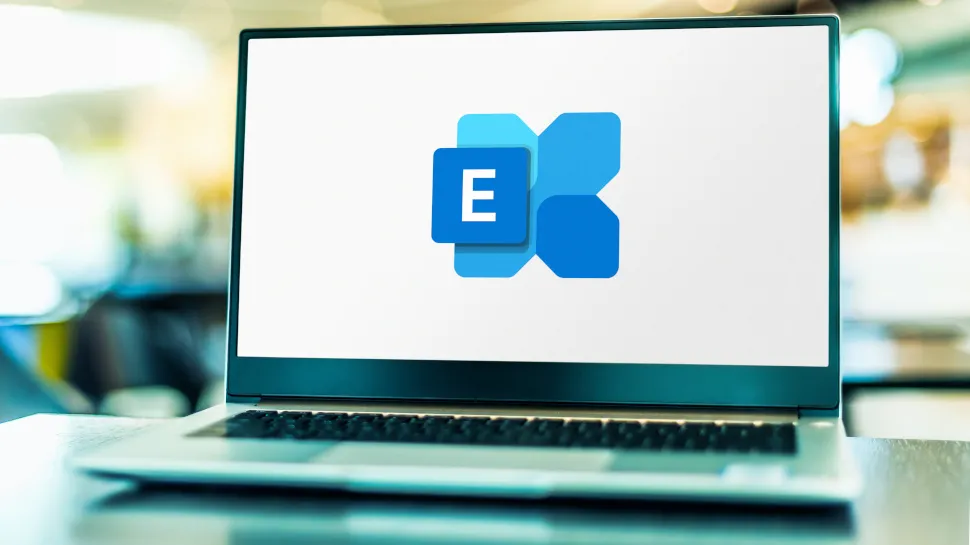Understanding Email Spoofing Risks in Microsoft Exchange: A Deep Dive

Email Spoofing Threats: Misconfigurations in Microsoft Exchange Unveiled
Email spoofing is a significant challenge for organizations utilizing Microsoft Exchange. Misconfigurations in DMARC, SPF, and DKIM can lead to serious vulnerabilities, opening doors for malicious actors to execute phishing attacks. Below are key components to mitigate risks:
- Implement DMARC: Ensure it is properly configured to prevent unauthorized email use.
- SPF Configuration: Maintain accurate SPF records to limit which servers can send emails on behalf of your domain.
- DKIM Signing: Utilize DKIM to add a digital signature to your emails, verifying authenticity.
- Inbound Connectors: Correctly set up inbound connectors in Exchange to restrict email flow and improve security.
Importance of Security Enhancements
Organizations must actively monitor their email environments and conduct regular audits to ensure that configurations withstand potential email spoofing attempts. By employing proactive measures, they can significantly lower the risk associated with cyber threats targeting Microsoft Exchange Online.
This article was prepared using information from open sources in accordance with the principles of Ethical Policy. The editorial team is not responsible for absolute accuracy, as it relies on data from the sources referenced.